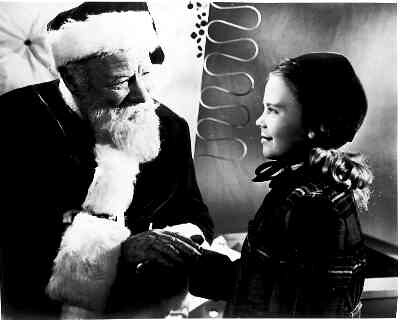Why do some books succeed, where others fail? A lot of professionals say it's all in the marketing. When it comes to budget, the big publishing houses probably have the advantage over you as a self-published author. But you are your own best possible advocate. And when it comes to gumption, you've got the marketing edge. Use it well by creating press releases. It's totally free for you to do so.
Hear Ye, Hear Ye
Press releases are created for any number of events, products and people, but only for one reason: promotion. Think of it as a text-based advertisement. Instead of moving video or a stunning graphic image, you're using words, and only words, to sway the audience. Many authors excel at writing press releases because they are completely word-based.
Any writer can figure out how to write a press release, because they all follow a pretty simple formula. Master the formula, and then start working on your rhetoric.
All press releases begin with the line For Immediate Release. It's put in bold, and sometimes it's written in all caps. Beneath this, write the headline of your press release. It should read like a newspaper headline -- exciting and to the point. On the first paragraph, the press release begins with a city and state, country, and complete date. After this pertinent information is given, there is a dash ( - ) and the text of the press release begins on the first line.
This first paragraph ought to serve as a brief introduction, outlining the most relevant information. When you're writing a press release to promote your books, what's the relevant information? Are you announcing the release of the book, announcing a giveaway maybe? The date of the event is relevant, as is the name of the book and of the author. If you have a blog or you've written other books, this information may be relevant, too. A press release for me might read as follows:
For Immediate Release
Author Visits Blank Bookstore to Read, Sign Books
Topeka, KS, USA, November 20, 2012 - Jade Varden, author of the Deck of Lies series, will be appearing this weekend to give a public reading at the Blank Bookstore on Fifth Avenue. The author will stay for three hours after the reading to sign books, which will be available for purchase in the store.
In the next paragraph, you'll want to start elaborating. Using the example above, I'd go on to elaborate on the Deck of Lies series. How many books are in it? What's it about? When writing a press release, always remember that you're trying to sell something. Make it exciting, fill it with verbs, and make sure it isn't boring. The second paragraph of a press release for a book launch might read as follows:
Gravity tells the tale of Reeva, a fairy girl who was separated from her own family as an infant. She's been raised among the humans, but she is not a human. When the world she was born to collides with the world where she was raised, Reeva will have to use all her skills to save the ones she loves. There's only one thing that might keep her from realizing her full potential: Gravity.
The third paragraph should add even more elaboration, except this is where you start to make it personal. If you want your press release to be a success, you want to create some sort of emotion in your readers. Make them love you. Make them hate you. Make them
act. This is where you'll want to point out what's unique or special about your event. Why is this book release or event important? Why do I care? Will I get some special
edition of the book if I buy it right now, or through the author's website? Will I get an
electronically signed copy? Example:
S. P. Author is a trained teacher who worked with children for years before creating Gravity, a book about finding oneself even when it means breaking all the rules. To celebrate the release of Gravity, Author is giving away 100 signed copies of the book free on her website. New followers who sign up between November 20 and November 30 will be eligible for the giveaway.
Beneath all the text that compels readers to act, you must include contact information to make the press release complete. Usually this information is preceded by the line For More Information and then the information, like visit S. P. Author's website at spauthorswebsite.com.
You may want to include an "About" section at the very bottom of the press release. This is a standard bio box that will provide a little extra information about the author of the book or the book itself.
Press releases and any About sections must be written in the third person. That means you never use the word "I" or "me." You should also write formally, meaning that you never address the reader directly; do not use the word "you" at any time. Keep the release short, no longer than 500 words including all text and headings.
When you're done and your press release is
absolutely perfect, submit it to press release sites like
prleap.com,
prweb.com or
pr.com. You may also wish to send copies to your local newspapers and news blogs, along with sites that specialize in book news and/or indie book news.
Press releases help you spread the work about your books, and spreading the word is what marketing is all about. It does take extra time and effort, but well-written press releases give your book a little extra professionalism and may even bring you some extra readers.

























